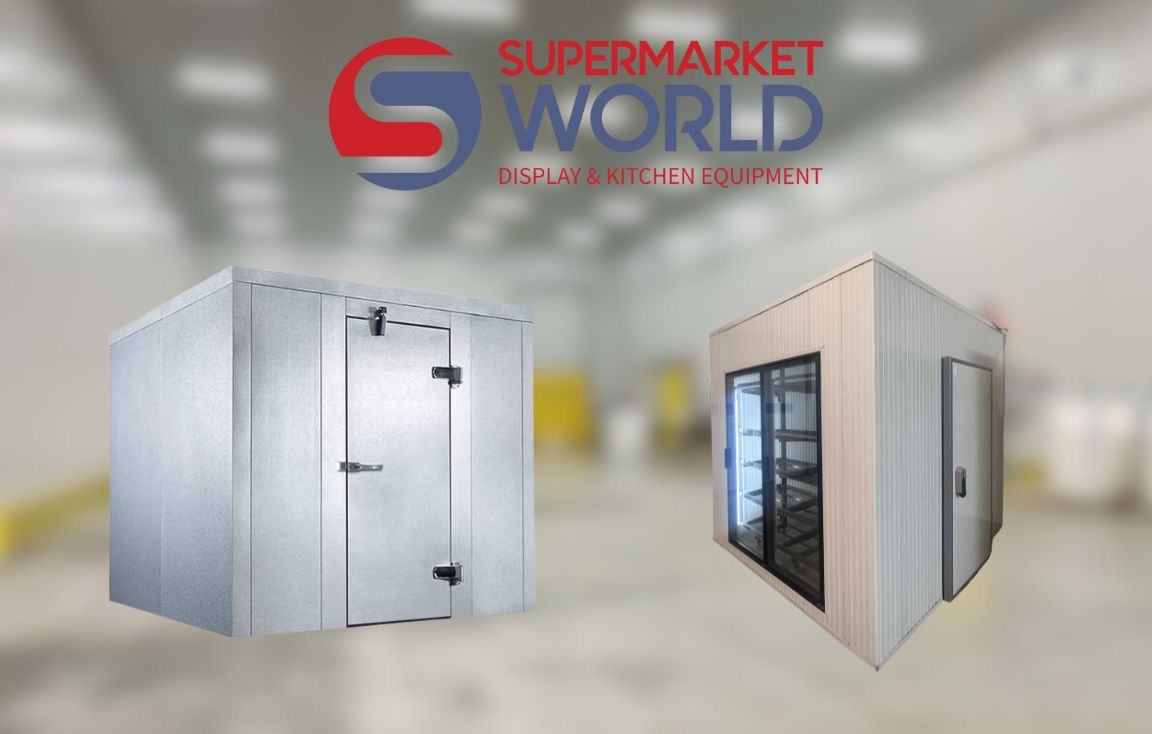When it comes to storing perishable items in bulk, choosing the right walk-in box is essential. These specialized units, available as coolers or freezers, provide the necessary refrigeration to maintain optimal temperatures for different types of products. In this blog post, we will dive into the specifications, pros and cons, and ideal storage usage for both walk-in coolers and walk-in freezers. By understanding these factors, you can make an informed decision and ensure that your stored items remain fresh and well-preserved.
Walk-In Cooler Specifications:
Walk-in coolers are designed to keep temperatures above freezing, typically in the range of 35°F to 55°F (1.7°C to 12.8°C). Here are the main specifications, along with their pros and cons:
Temperature Range:
Pros: Ideal for storing perishable items such as fruits, vegetables, beverages, dairy products, and other items that require cooler but not freezing temperatures.
Cons: Not suitable for storing items that require freezing temperatures or long-term storage.
Insulation:
Pros: Excellent insulation helps maintain steady temperatures and prevent temperature fluctuations.
Cons: The insulation might not be sufficient for extremely hot environments, potentially leading to energy inefficiency.
Accessibility:
Pros: Easy access to products stored at eye level or lower, making it convenient for organizing and retrieving items.
Cons: Limited space for storing taller items or products that require stacking.
Walk-In Freezer Specifications:
Walk-in freezers are designed to maintain temperatures below freezing, typically ranging from -10°F to 0°F (-23.3°C to -17.8°C). Here are the main specifications, along with their pros and cons:
Temperature Range:
Pros: Ideal for storing products that require freezing temperatures, such as frozen foods, ice cream, meats, seafood, and other perishables that need to be kept frozen.
Cons: Unsuitable for storing items that can be damaged by freezing temperatures or need to be stored at warmer temperatures.
Insulation:
Pros: Provides superior insulation to maintain consistent freezing temperatures and prevent the entry of warmer air.
Cons: Can be less energy efficient than coolers due to the need for stronger cooling mechanisms.
Storage Capacity:
Pros: Larger storage capacity allows for more items to be stored, especially bulky items or those that require stacking.
Cons: Access to products may require additional effort, as they are stored at lower levels or inside boxes and containers.
Ideal Storage Usage:
Walk-in coolers are best suited for storing fresh produce, dairy products, beverages, and other items that require cooler temperatures but not freezing. These coolers provide a controlled environment that extends the shelf life of perishable items.
On the other hand, walk-in freezers are ideal for storing frozen goods, ice cream, meats, seafood, and any other items that need to be stored at freezing temperatures to maintain their quality and freshness.
Conclusion:
Choosing the right walk-in box, whether a cooler or a freezer, depends on the specific requirements and products you need to store. Consider the temperature range, insulation, accessibility, and storage capacity of each option to make an informed decision. By selecting the right walk-in box, you can ensure the longevity and freshness of your stored items, aligning with industry standards and meeting customer expectations. Consult with a reputable cold storage provider to further understand your specific needs and explore customizable options for your business.
Choosing The Right Walk In Box
David Salinger

